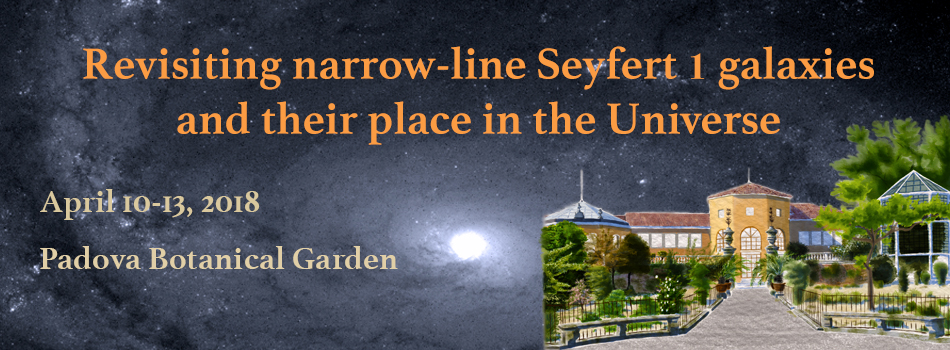Speaker
Description
The X-ray spectra of NLS1 are very exciting and controversial. They can be fit with a compact (less than $1R_g$) X-ray source close to the event horizon of an extreme spin black hole (lamppost), where reflected emission from the inner disc can dominate over the intrinsic emission due to lightbending. This has exciting implications for observing extreme gravity. The same X-ray spectra can also be fit by absorption in a clumpy wind from the inner disc, where the material is outflowing at $\sim 0.2c$, with no constraint on black hole spin. This alternative explanation has exciting implications for observing AGN feedback via winds. Including multiwavelength data strongly supports the winds interpretation, as the optical/UV continuum seen from some of these sources requires that the accretion flow is superEddington. Strong winds must be produced from such flows, and orientation with respect to a clumpy wind can explain the difference between NLS1 which show 'complex' X-ray spectra and rapid variability (e.g 1H0707-495) and 'simple' ones (e.g RXJ0439.6-5311) which show neither of these properties despite having identical optical/UV spectra (including Hbeta line profiles) i.e. have the same black hole mass and mass accretion rate. These objects are all very radio weak, and the high spin constraints from reflection models were the major reason for abandoning the spin paradigm for highly relativisitic jets. Strong supporting evidence for this simple model comes from a large SDSS sample of all types of AGN. This opens the way for a quantatative model of AGN jets to understand their feedback on the host galaxy.
| Grant | no |
|---|

